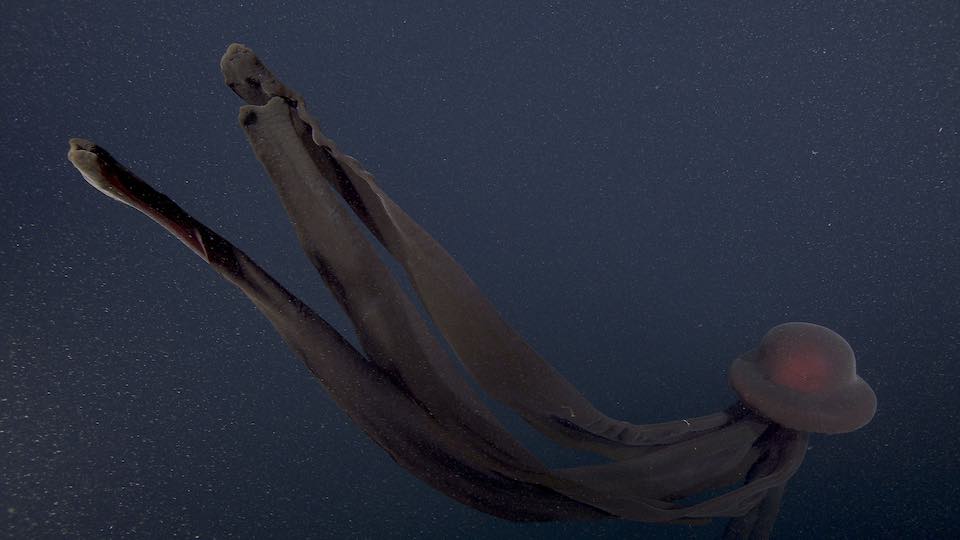Whenever a jellyfish loses a tentacle, it can regenerate the lost limb. For years, scientists have been baffled by exactly how these ocean creatures bring their lost limbs back to life, but now we seem to have made a breakthrough, at least partly solving the mystery of how jellyfish regeneration works.
To fully understand the discovery that researchers have made, we first need to discuss how this type of regeneration usually works in animals. Starfish, salamanders, and even small hydrozoans all regenerate lost body parts. But, they do so using a repair process that relies on blastema. These blastema are similar to stem cells, and they rebuild body parts by dividing repeatedly.
While we have studied blastema and how they form in some animals, we never understood how they formed in jellyfish, thus making their ability to regenerate lost tentacles a mystery. Now, though, researchers have finally figured out where the blastema comes from, which could help us finally unravel the secrets to jellyfish regeneration.

According to a new study published in PLOS Biology, jellyfish create blastema around injury sights, allowing them to regrow lost tentacles. As such, the cells that generate the blastema are only around those injuries. They aren’t just found at the base of the tentacle, like in many other creatures.
The researchers also discovered that the jellyfish seem to regrow their lost tentacles in less than 24 hours, with the needed blastema forming almost as soon as the injury takes place. Also, due to the way the jellyfish’s tentacles regrew, the researchers do not believe the process relies on the jellyfish having recently eaten.
While it remained a mystery for so long, it seems that blastema forms in jellyfish similarly to how they form in other animals. However, some key differences help these tentacled creatures and the way that jellyfish regeneration works stands out from the rest. Unfortunately, it’s still unclear where the needed proliferative cells originate.
And until we figure that out, the exact nature of how jellyfish regenerate their lost limbs will remain shrouded in mystery, just like the immortal jellyfish.








